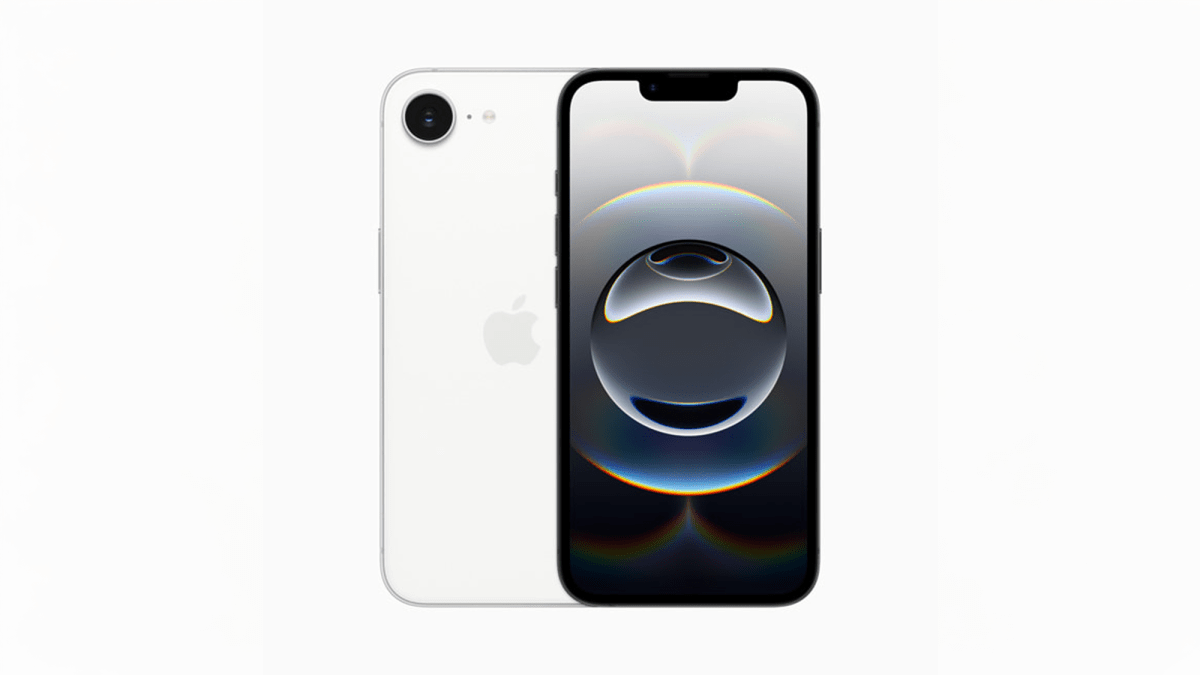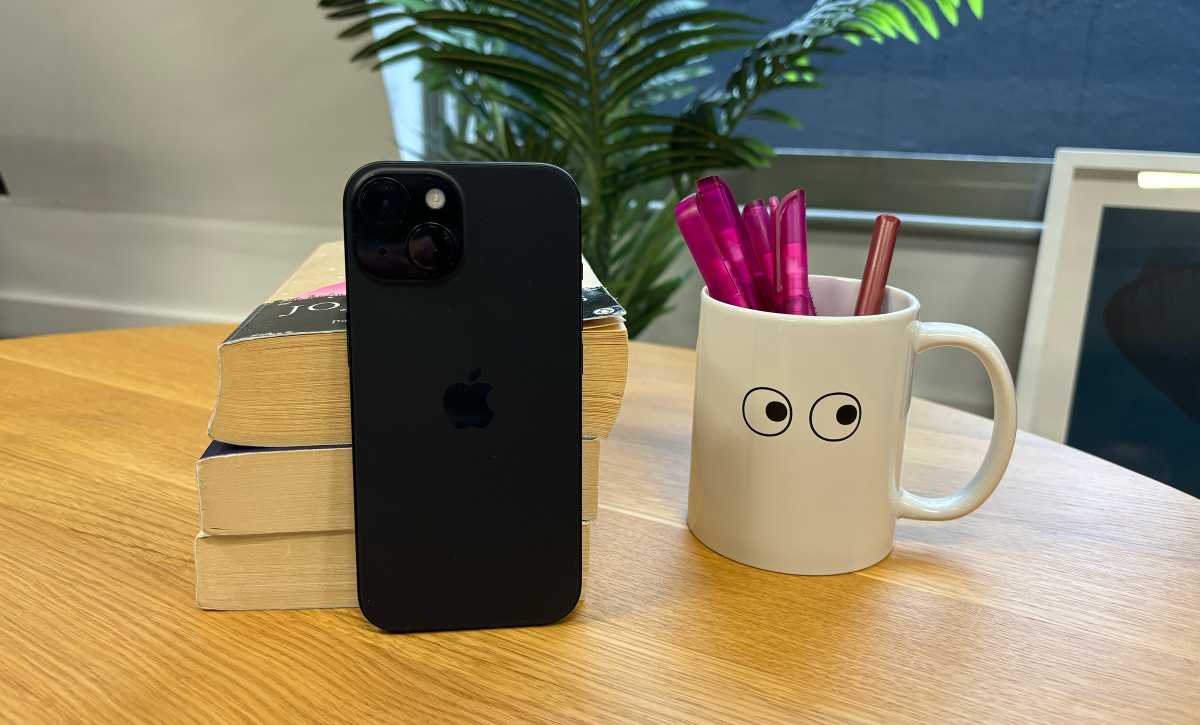It’s not every February we get an iPhone announcement–in fact, it’s rarely February. But rarely doesn’t mean never, and on Wednesday, Apple took the wraps off the iPhone 16e, a new model that brings cutting-edge internals to an older form factor.
But tempted as you might be to call the 16e the fourth-generation iPhone SE, this new model doesn’t precisely fit the mold. For one thing, this is the first time Apple is using this new lower-end iPhone to launch a brand new piece of technology. For another, this lower-cost iPhone isn’t exactly as low cost as its predecessors.
Suffice it to say, the iPhone 16e isn’t your parents’ iPhone SE. But after almost a decade of those models, Apple seems to be taking a slightly different tack this time around.
What’s in a letter?
The iPhone SE’s name dates back to its first generation, introduced in 2016. It both hearkened back to an earlier age–the classic Macintosh SE from the late 1980s–as well as paving the way for later products with the same moniker, such as the Apple Watch SE.

While it’s part of the iPhone 16 lineup, the iPhone 16e is very different from its brethren.
Apple
But with iPhone 16e, Apple’s returning to a naming style it hasn’t really used since at least 2018’s iPhone XS/XR models if not all the way back to the iPhone 6s in 2015. While Apple’s naming schemes are often the thing of tea leaves and Kremlinology, it’s hard not to wonder if there’s something to be divined here. I’m concerned less with the “e” (which, I’m sure, doesn’t stand for any one thing, though Apple would probably be plenty happy if it was interpreted as for “efficiency”) than with the use of “16.”
After all, nothing in particular calls this out as an iPhone 16—it doesn’t even resemble the rest of the 16 line, given its use of a notched display rather than the Dynamic Island, the lack of a Camera Control button, and the fact that its dimensions are exactly those of the iPhone 14. (A model that Apple continued to sell right up until the 16e’s announcement, which also happens to conveniently make it the oldest model for which the company likely still had a working production line.)
Does Apple tying this to the 16 lineup presage more frequent updates for this lower-end phone? In the past, the iPhone SE was updated only every few years. But perhaps calling it the iPhone 16e should have us expecting an iPhone 17e next winter? Or, at the very least, an iPhone 18e two years hence? It may, in large part, depend on just how fast the company’s future Apple Intelligence features are expected to outrun the A18 chip on which the 16e is based.
Value over budget
In the past, the iPhone SE has been Apple’s lower-cost alternative. Notice I don’t say “cheap” or “inexpensive.” While the first- and second-generation iPhone SE models both debuted at $399, the third-generation jumped up slightly to $429. The iPhone 16e, by comparison, starts at $599. That’s markedly higher–perhaps another reason that Apple may have elected not to continue the SE name, lest consumers expect it to carry a similar price tag.
Granted, the 16e has a number of components that no doubt make it more expensive to produce, not least of all its substantially larger OLED screen and twice the storage capacity of the third-generation SE (and you know how Apple loves to command a price premium for its storage tiers). As a result, it’s effectively about halfway between the cost of those original SE models and the iPhone 14 on which it’s based. It’s also just $100 cheaper than the price Apple usually uses for its previous year’s phone (the iPhone 15, currently, which goes for $699), helping the company continue its time-honored strategy of staking out price points at every $100 increment.

The iPhone 15 is still available but it cannot run Apple Intelligence.
David Price / Foundry
But it also means that the company is leaving a lot of pricing room underneath the 16e. Could that herald older model phones being sold at even lower prices? Or a price drop in some subsequent year of the 16e’s availability? When it comes to Apple, the smart bet is that the company’s never going to leave money on the table. If Apple’s charging an even more expensive price for this phone, that’s because it knows the market will pay for it. There may be cheaper Android phones for those who are purely buying on cost, but Apple also knows that the people who are going to buy an iPhone are willing to pay for it, so why not charge more?
C is for cellular
One major element that makes the 16e stand apart from the SE models that preceded it is the fact that Apple is using the phone as a testbed for a major hardware change: the inclusion of its own wireless cellular chip, which it’s dubbed the C1.
Rumors of an Apple-built modem have sprung eternal for years; the company bought Intel’s modem business for a cool billion more than half a decade ago, and there’s been plenty of expectation that the company planned to build its own radio–after all, Apple loves to control its core technologies–but reports suggested development ran into repeated challenges. Modem technology is notoriously tricky, with multiple networks and frequency bands across the world, plenty of edge cases, and a low tolerance for failure.
Deploying the C1 in the 16e first allows the company to cover several bases: first, the model caters to a more price-sensitive and thus perhaps less performance-sensitive market that presumably won’t be as upset if the chip is not as competitive with offerings from other manufacturers; second, the 16e will likely sell in lower volumes than newer models this fall, allowing Apple to ramp up production more slowly; and third, it allows the company to get ahead of any bugs or flaws that could impede a larger roll-out, either with this fall’s models or next year.
Apple’s said little about the C1, other than using its own chip allowed it to wring more battery life out of the 16e, which is exactly the kind of metric that customers of these lower-cost devices are likely to value–the same reason you’ll see Apple touting the durability of the phone’s aluminum enclosure and Ceramic Shield glass. After all, these things have to last until at least the iPhone 17e.




